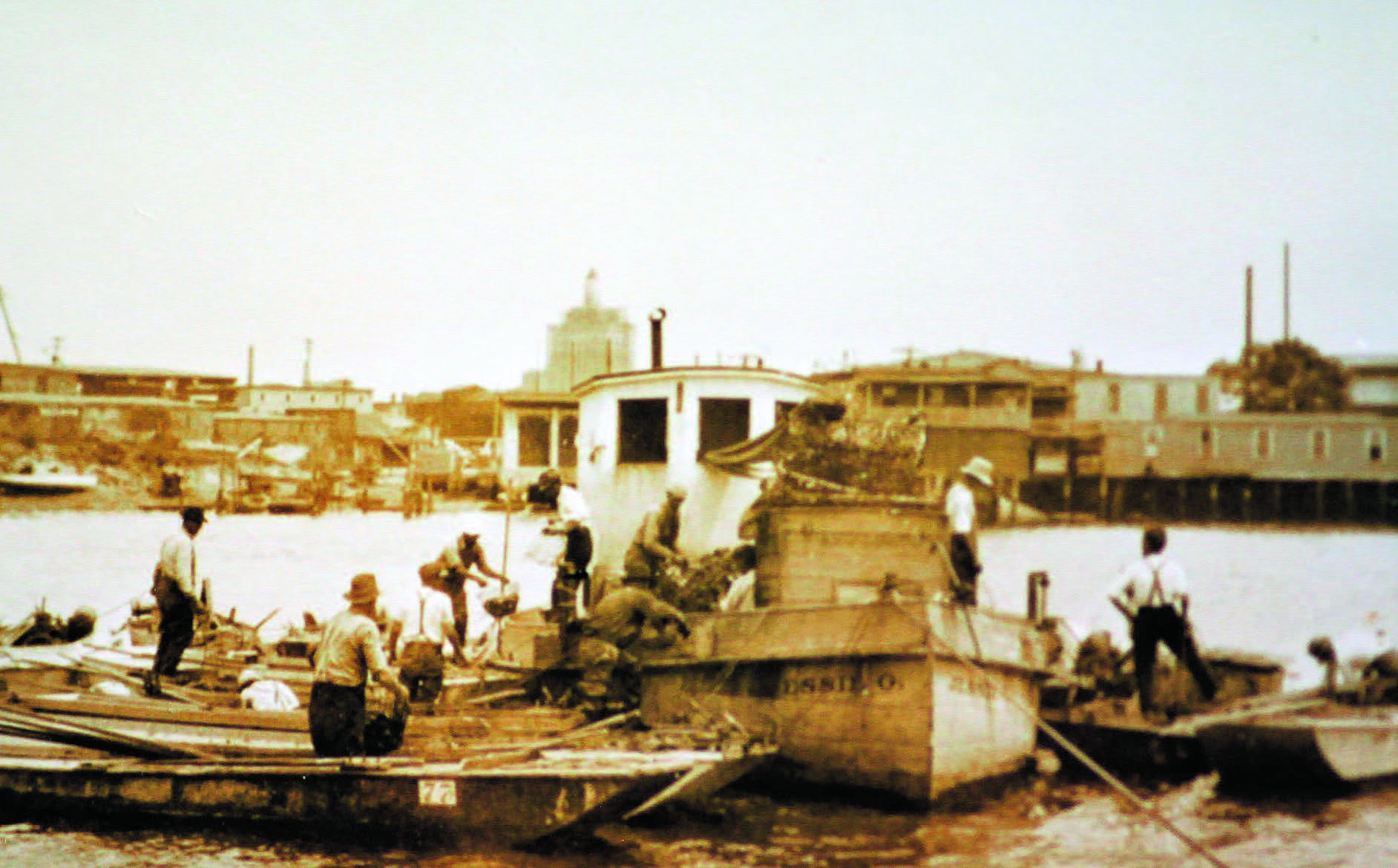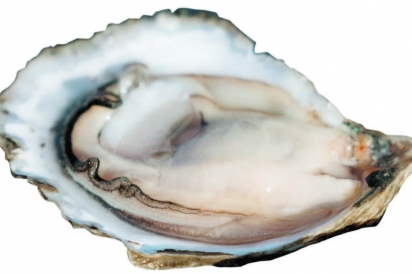THE OVERLOOKED HISTORY OF THE BAYSHORE
The area was once among the wealthiest in the nation
“Everyone knows about the Chesapeake Bay, and the romanticism of the Chesapeake. But there is definitely a disconnect between people on land and on water, especially along the Delaware Bay.”
Rachel Dolhanczyk would know. As curator for the Delaware Bay Museum at the Bayshore Center in Bivalve, she spends her days sharing the stories that reveal the region’s rich history. The word “rich” is key: Though it may surprise a bayside road-tripper today, many millionaires were christened along these waters a century back, courtesy of the oyster.
Standing among the museum’s historic shipping sheds, it grows easier to visualize that past. Oysters, one learns, were big business, supporting all manner of related work, from shipping to shipbuilding. (The restored 1928 A.J. Meerwald Oyster Schooner calls the museum’s back dock home.) The industry grew so large that the Central Railroad, drawn to the region in 1876, built the sheds in 1904 to more efficiently bring bivalves to market.
“The Delaware Bay oyster has been sought after since the 1800s,” says Russell Babb, Chief of the state Department of Environmental Protection’s Bureau of Shellfisheries. “Oyster harvesting, in the Delaware Bay particularly, has historically been the primary driver for the Bayshore economy.” This is no understatement. Entire towns rose up to support the powerhouse industry, and Port Norris became one of the wealthiest Zip codes in the nation.
By the turn of the 20th century, 1 million to 2 million bushels of whole oysters were being shipped annually, to the delight of shellfish-crazed cities like Manhattan.
The true story of the Jersey oyster, however, cannot be understood from the perspective of millionaires alone. For one thing, the Lenni-Lenape were arguably the original oyster farmers, harvesting dinner and leaving vast shell-pile middens behind. Early colonials, too, were well-versed in the pleasures of shellfish, with legislative attempts to prevent overfishing dating back to 1719 in the state.
The trade continued to grow ever larger until a typhoid scare falsely blamed on the Delaware Bay oyster led to a whole-oyster shipping ban in 1927, according to materials from the Bayshore Center. At the time, it was common to fl oat oysters in cages before harvesting to fatten them up for market. Unfortunately, waters closer to shore were sometimes polluted in an era where public sewers and indoor plumbing were not fully the norm. Government officials were wary. A few years earlier, in 1924, a typhoid outbreak that killed 150 people had been traced to oysters from Long Island.
Eventually, it was determined that Chicago-sourced milk was to blame for the 1927 scare. No matter. Change was set into motion and it was the shucked trade’s turn to soar.
Thousands of workers, most of them African American, made their way from the Chesapeake up to the ships and shucking houses of Cumberland County. The shuckers were experienced, lightning fast and able to process incredible numbers of bivalves from small, lectern-style stations in the region’s packing houses.
In an engaging museum exhibit, their experiences are illuminated. Daily life was hard, and living conditions harder. Yet a close community formed as many once-seasonal workers relocated. “It was kind of a melting pot that worked for the good of the industry, which was the oyster,” reads a 2005 quote from Lionel Hickman. Everything from speakeasies and churches to baseball teams sprung up as part of a vibrant workers’ community. By the Great Depression, however, overharvesting and a collapsing economy began to take a toll. Then, World War II labor shortages forced innovations like a move towards engine-powered boats that eliminated jobs. “You had dredges that would self-dump, and you didn’t need four guys to dump the dredge,” Dolhanczyk explains. “There was a self-culling machine to cull the oysters, and you didn’t need guys on their hands and knees sorting out the oysters anymore.”
In spite of the changes, harvests of up to a million bushels remained the norm on through the 1950s, right up until MSX disease struck its devastating blow in 1957. As oyster populations collapsed, so too did the heyday. If history serves, however, it’s easy to imagine that the oyster’s next act in the Delaware Bay will be every bit as intriguing as those that came before.
In June, the Delaware Bay Museum and Folklife Center premiered a new orientation film in its visitor’s center that draws on interviews from its oral-history project. Visit during monthly Second Friday events for art, live music, a raw bar, Jersey beer and wine and specials in the Oyster Cracker Café.
Bayshore Center at Bivalve
2800 High St., Port Norris
856.785.2060 bayshorecenter.org
BIVALVE GLOSSARY
Benthic zone: The ecological zone at the lowest level of a body of water
Bivalves: Filter-feeding mollusks with hinged shells, including clams, mussels, oysters and scallops
Dermo: A parasitic oyster disease, not harmful to humans, that was first discovered in the Gulf region in the ’40s and made its way to New Jersey in the early ’90s
Estuary: A unique ecosystem where freshwater rivers meet the salty sea
Flip-bag method: A growing method where oysters are flipped in bags by the tide, resulting in a smooth shell and deep cup
MSX: A parasitic oyster disease that nearly wiped out New Jersey’s oyster population when it hit in 1957, and was later mitigated with the introduction of MSXresistant oyster lines by Rutgers researcher Harold H. Haskin
Rack-and-bag: A growing method where oysters are placed in growing bags attached to steel racks
Recruitment: A measure of how many larval oysters are able to set and begin growing to maturity
Set: The process by which oyster larvae attach to shell or another surface
Shell planting: The process of placing clean, cured shell on the bay’s bottom to provide the habitat on which larval oysters set
Spat: A young oyster after it has attached to a surface, such as a shell
Structured shellfish aquaculture: A shellfish farming method using rack-and-bag, cages or other gear
Substrate: A reef or other hard surface on which oysters attach and grow, typically made of shell





